Where is this wreck?
|
I've had this photo for a long time, and I remember scanning it many years ago and trying to bring out some detail because the original is very flat and faded, but I couldn't find the scan. I just re-scanned it and did my best to fix it up. The locomotive on the right looks to be #64 from the headlight number board, and it does look to be from that class, but the lack of air tanks on the boiler would make it very early C&S. I can't make out any identifying information on the locomotive on the left. I think the one on the left is just off the same track as the one in the background, while the one on the right might be on a spur but I think it's just way off of the same track.
Any ideas where this is? 
|
|
A couple possible clues ....
IF the pole at center is railroad related, the single wire points strongly to the Buena Vista - Gunnison mainline. That fence is most peculiar .... anyone recognize it ?
"Duty above all else except Honor"
|
|
The locomotive on the right side of the photo has the main rod connected to the third axle. So it must be 71,72, or 73.
Charles M |
I hadn't noticed that. The B4Ds (like #64) definitely had the main rods on the second axle. However, the B4Es (71, 72, and 73) appear to have had duplex air pumps in the early years (at least 72 & 73 did - 71 appears to have had a simple pump even on the UPD&G), while the locomotive on the right side of this photo appears to have a simple air pump (like on the B4Ds), and the running boards on the B4Es at that time seemed to be higher than the cab floor all the way back to the cab (even on 71), while the B4Ds had the cab floor extend to the air pump, with the running boards only being higher in front of the air pump (like the locomotive on the right in this photo). Here's a closeup on the pump and running board, with the locomotive in question on the left and #71 on the right: 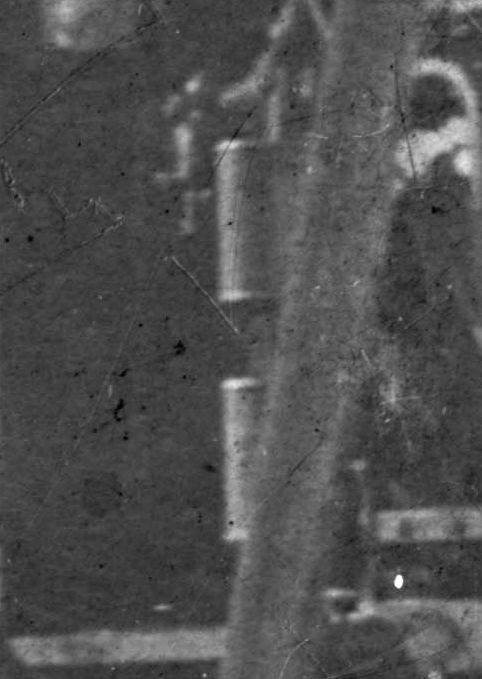 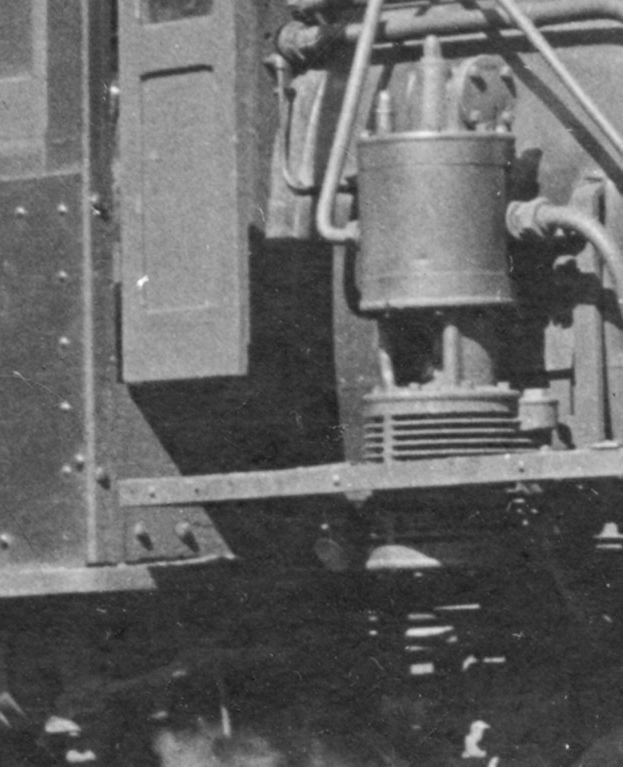 Also, while the number on the side of the headlight isn't very clear, the first digit definitely doesn't look like a "7": 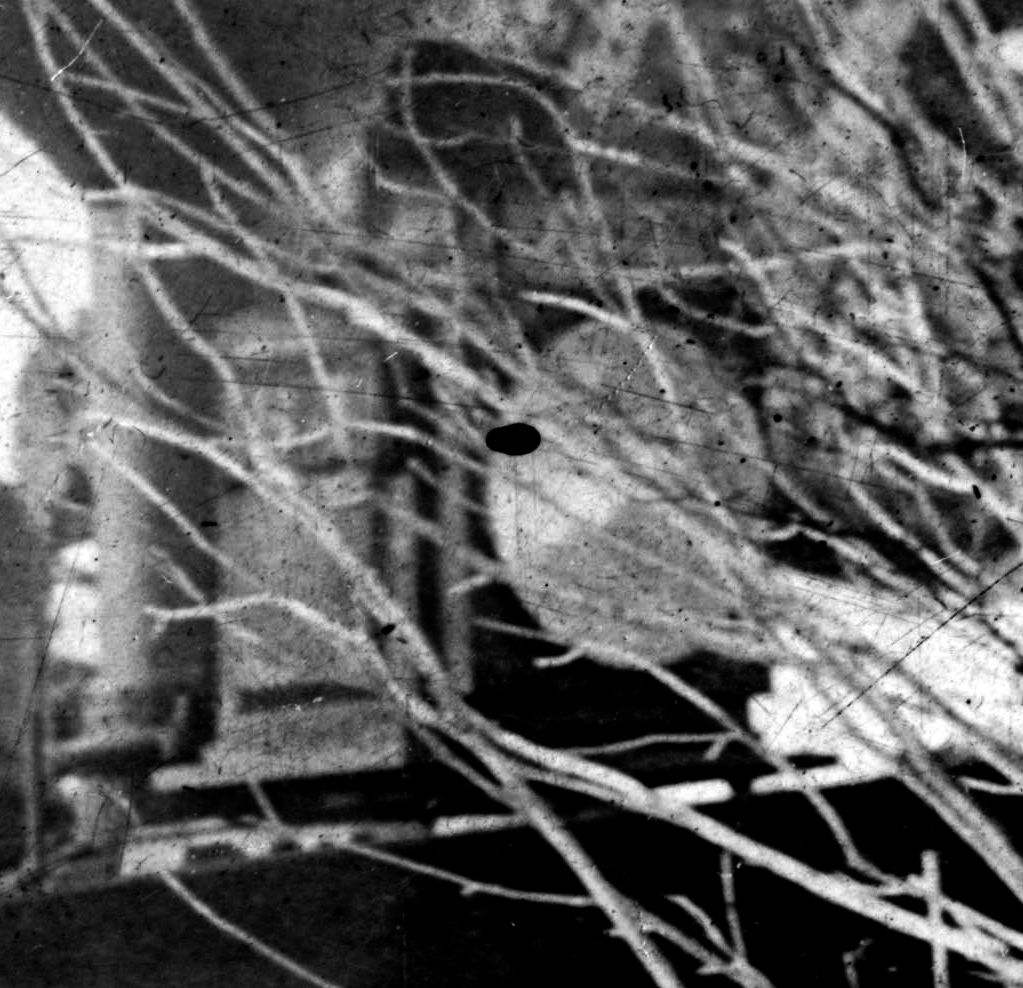
|
|
Here is a photo of C&S 71 at Dickey c.1900, prior to losing its McConnell stack:
 The air pump placement, located in a void in the running board, seems consistent with the c.1903 photo that Todd shared in a previous post. The number on the locomotive at right sure looks like C&S 64. I believe Derrell Poole speculated that the C&S experimented with main rod attachments to both second and third drivers on various locomotives, so a third driver attachment doesn't mandate that the locomotive has to be 71-73. For comparison, here is a photo of C&S 64 at about the same time (though drivers are not visible:  Dr Scott photo, in Kindig, et al., The Pictorial Supplement . . . The single panel cab and other appliances seem (to me) to be the same in both photos. Thanks for starting this thread Todd, I'm bored out of my mind, "sheltering in place" . . . 
Jim Courtney
Poulsbo, WA |
Re: Where is this wreck? What's with the locomotive tie rods??
|
One other interesting detail in both photos of number 64 (posted above) are the diagonal tie rods, that run from the top of the cab front down to the running boards. The wreck photo of 64 shows a tie rod on either side. I don't recall seeing this feature on any other period photo of C&S engine, except on number 71. Both the 1900 photo of 71 posted above and the 1903 portrait of 71 at Pitkin that Todd posted on another thread show a similar tie rod, at least on the engineer's side.
I've gone through my files, the only other TOC locomotive with such a tie rod is number 9: 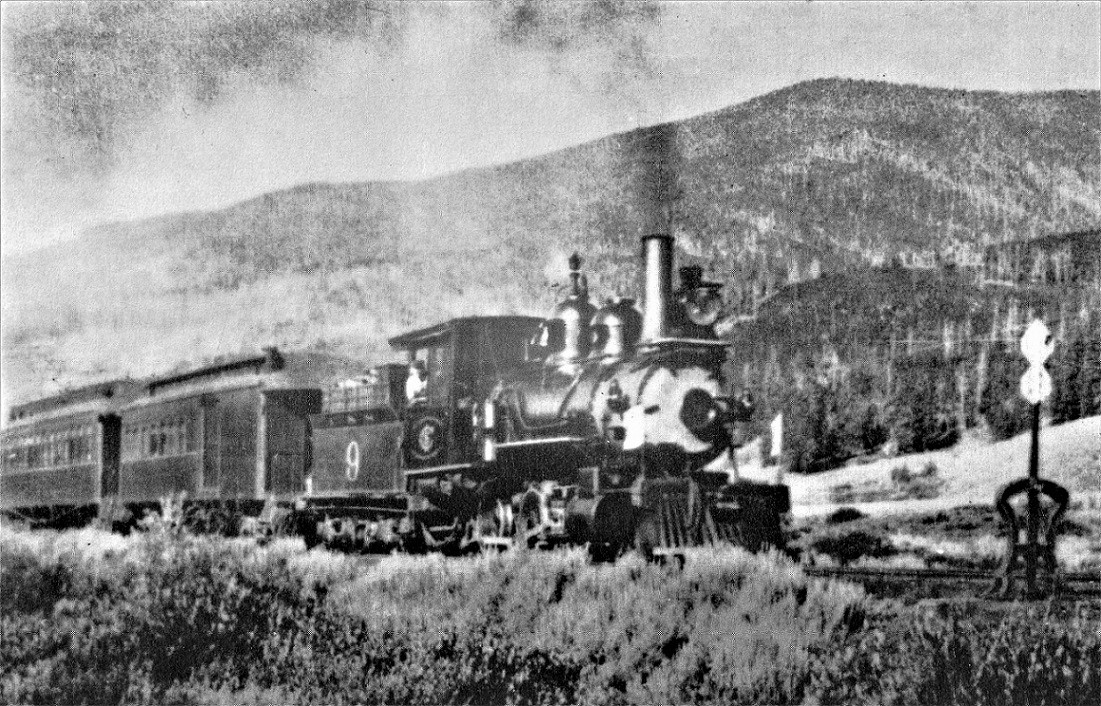 (unless that's just a scratch on the negative in exactly the correct position). The only purpose I can see for the tie rods, is to reinforce the front wall of the cab to insure that it remains vertical when confronting a force from front to rear -- perhaps when plowing through tall snow drifts. I can understand reinforcing older cabs, but the cab on number 64 is only about 10 years old, that on number 71 is only about 3 years old and the photo of number 9 is only a year or so after rebuilding. In checking other photos from 1910-1916, at least a couple of other locomotives had them at one time: 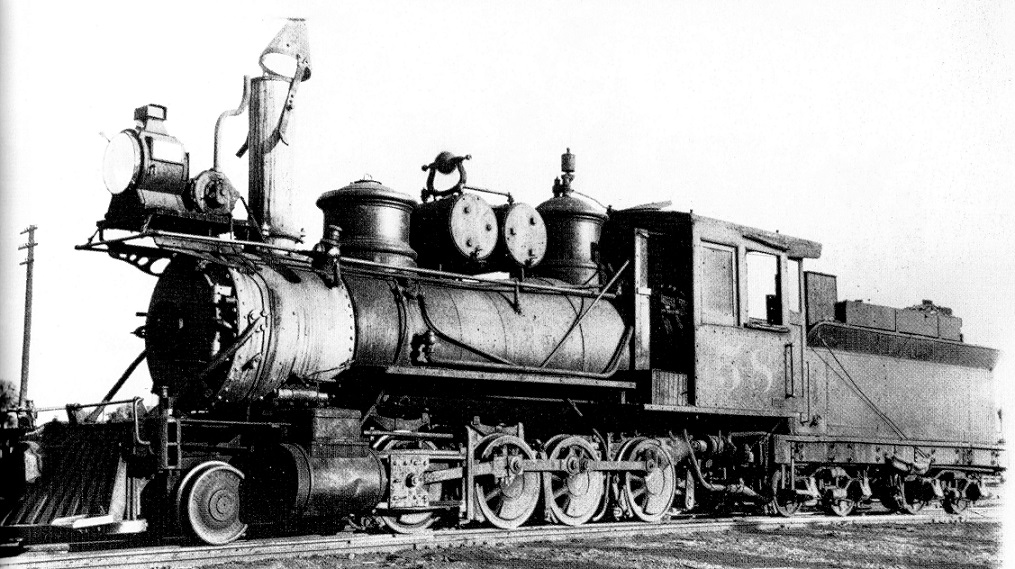 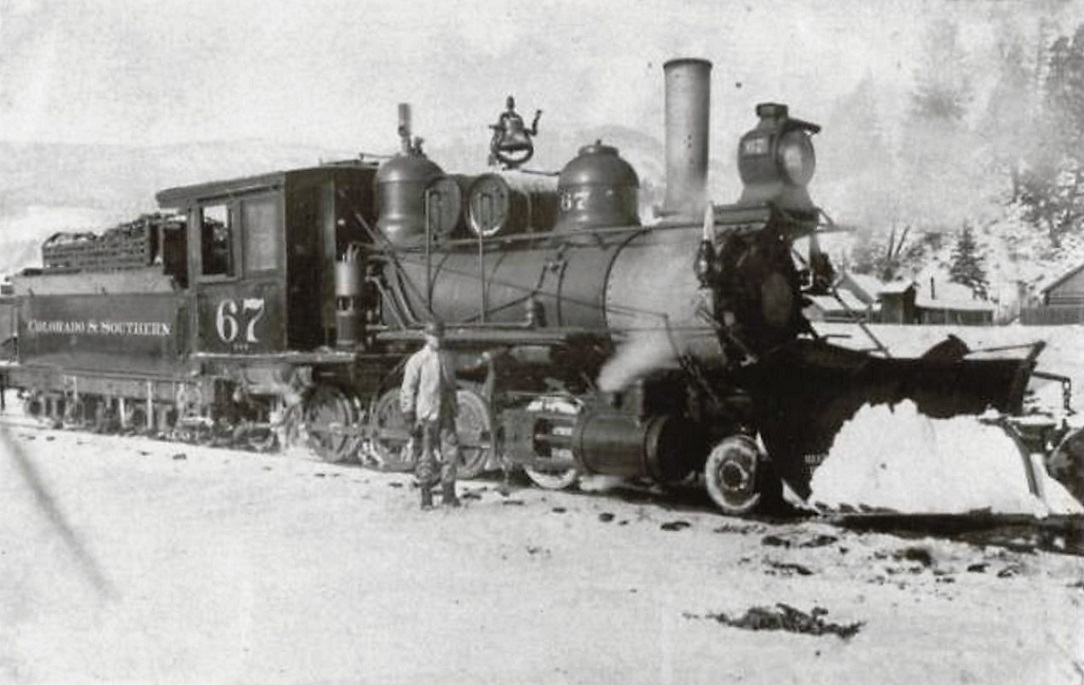 Does anyone have an alternative explanation for the tie rods??
Jim Courtney
Poulsbo, WA |
Re: Where is this wreck? What's with the locomotive tie rods??
|
There was a story in either Little Engines&Big Men,Poors Memorial, or Historic Alpine Tunnel about a freight train leaving the East Portal and slamming into a snowslide-snow was driven through the cab so hard that it knocked him out of the cab or almost did.
|
Re: Where is this wreck? What's with the locomotive tie rods??
|
Evidently conditions on the west side of Alpine Tunnel were so different that it cought him by suprise.
|
Re: Where is this wreck? What's with the locomotive tie rods??
|
In reply to this post by Robert McFarland
All loco cabs have a tendency to fail in the cab superstructure, even Diesels. Locos entering blockages propelled by tonnage and gravity act like a shovel bucket. A lot of Enginemen didn't survive the crushing or died as a result of the crushing injuries received.
UpSideDownC
in New Zealand |
«
Return to C&Sng Discussion Forum
|
1 view|%1 views
| Free forum by Nabble | Edit this page |

